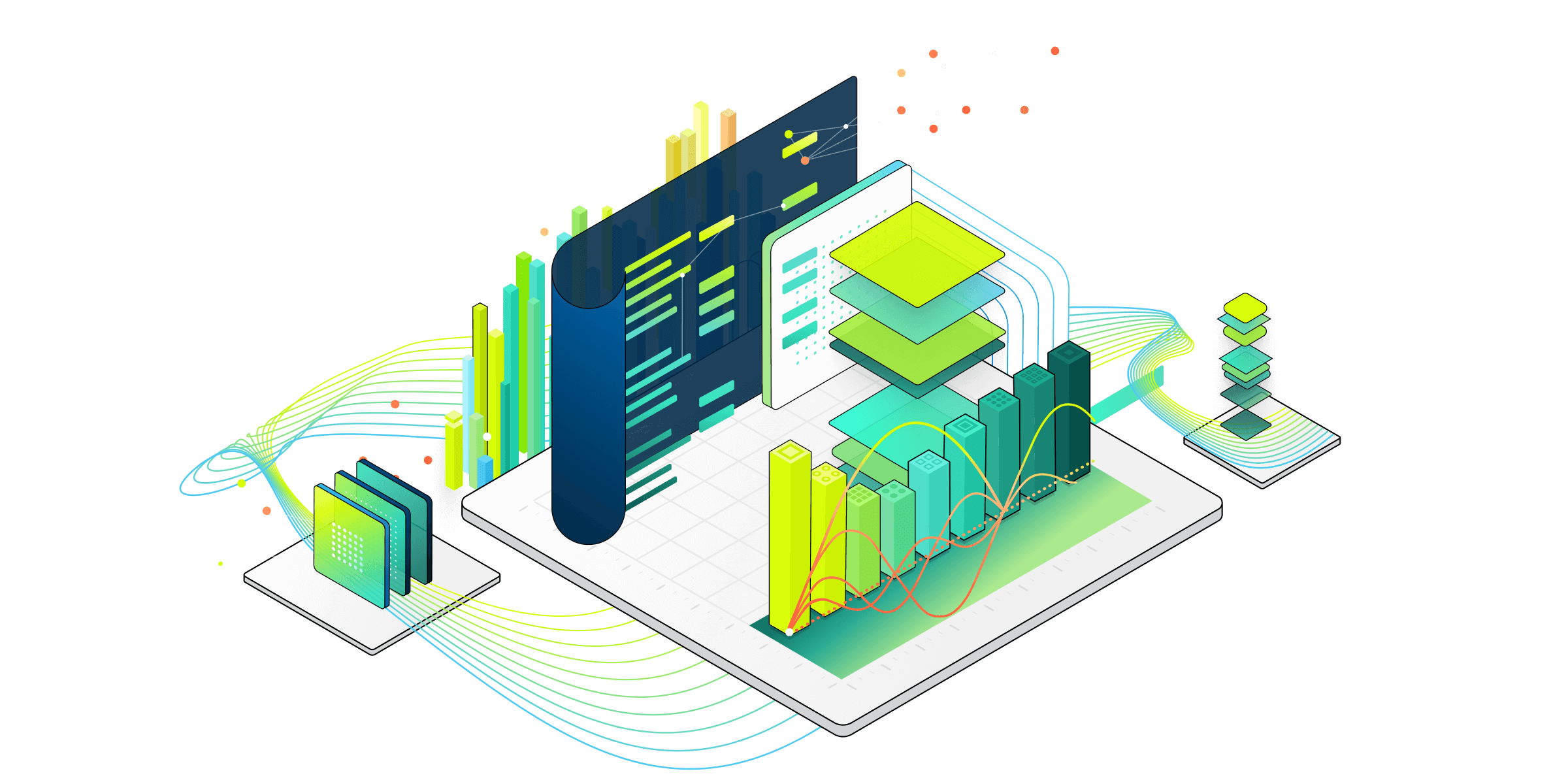Introduction
ChatGPT, OpenAI’s conversational AI model, has reached a milestone of one million users just days after its public launch. This extraordinary adoption rate signals a pivotal moment in artificial intelligence, as both consumers and businesses recognize the potential of this breakthrough technology.
The significance of this achievement extends far beyond mere user statistics. ChatGPT represents a fundamental shift in how we interact with AI systems, moving from rigid command-based interfaces to natural conversational exchanges. For enterprise decision-makers, this technology offers new possibilities for automating customer interactions, enhancing knowledge work, and transforming how employees interact with information systems.
Prerequisites and Assumptions
Before diving deeper into ChatGPT’s implications, it’s helpful to understand:
- Basic AI and machine learning concepts (neural networks, training data)
- The evolution of natural language processing (NLP) technologies
- The difference between narrow AI and more advanced language models
No specific technical setup is required to understand this article, though accessing ChatGPT yourself can provide valuable first-hand experience with the technology.
Key Concepts
What is ChatGPT?
ChatGPT is a large language model (LLM) developed by OpenAI. It belongs to the GPT (Generative Pre-trained Transformer) family of models, specifically built on the GPT-3.5 architecture. At its core, ChatGPT is:
- A deep learning model trained on vast amounts of text data from the internet up to 2021
- Designed specifically for conversational interactions
- Capable of understanding context across multiple exchanges
- Able to generate human-like responses to a wide range of queries
How ChatGPT Works
ChatGPT operates on a foundation of transformer neural networks – an architecture that revolutionized natural language processing. The model:
- Was pre-trained on diverse internet text to develop a broad understanding of language
- Was fine-tuned using Reinforcement Learning from Human Feedback (RLHF) to improve quality and safety
- Uses a technique called “attention” to weigh the importance of different words in understanding context
- Predicts the most likely continuation of a conversation based on patterns it learned during training
What Sets ChatGPT Apart?
Unlike previous chatbots or virtual assistants, ChatGPT demonstrates:
- Remarkable coherence across multiple conversation turns
- The ability to admit mistakes and reject inappropriate requests
- Creativity in generating content from poems to code
- Reasoning capabilities for problem-solving tasks
Implications for Enterprises
The rapid adoption of ChatGPT hints at several important implications for businesses:
Customer Service Transformation
ChatGPT-like technology could revolutionize customer interactions by:
- Providing more natural, conversational support experiences
- Handling complex queries that traditional chatbots cannot
- Scaling support operations without proportional staff increases
- Maintaining consistent quality across all customer interactions
Knowledge Worker Augmentation
For internal operations, advanced language models offer:
- Enhanced information retrieval from company documentation
- Assistance with content creation and editing
- Code generation and debugging support for developers
- Translation and summarization of complex documents
Competitive Landscape Shifts
The release of ChatGPT signals:
- AI capabilities that were once theoretical are now deployable
- Companies without AI strategies risk falling behind
- New opportunities for AI-native products and services
- A need for established businesses to reconsider their technology roadmaps
Current Limitations
Despite its impressive capabilities, ChatGPT has important limitations enterprises should understand:
- Knowledge cutoff: ChatGPT’s training data only extends to 2021
- Factual accuracy: The model can confidently present incorrect information
- Reasoning limitations: Complex logical reasoning remains challenging
- Bias concerns: The model may reflect biases present in its training data
- Lack of integration: The current public version doesn’t connect to other systems
- No customization: Enterprises cannot yet train the model on proprietary data
What’s Next for ChatGPT and Enterprise AI
While ChatGPT itself is a consumer-facing demonstration, the underlying technology is rapidly evolving toward enterprise applications:
- Azure OpenAI Service: Microsoft is bringing OpenAI’s technology to Azure with added security, compliance, and enterprise features
- Domain-specific models: Future models will likely be fine-tuned for specific industries
- Integration capabilities: API access will enable embedding these capabilities in existing enterprise systems
- Reliability improvements: Work is ongoing to address hallucinations and factual accuracy
- Multimodal capabilities: Future models will likely handle images, audio, and video alongside text
Conclusion
ChatGPT’s milestone of one million users in record time represents more than just a technological achievement—it signals a fundamental shift in AI accessibility and capability. This conversational AI demonstrates that advanced language understanding and generation is no longer confined to research labs but is ready for practical applications.
For enterprise leaders, ChatGPT offers a glimpse of the next wave of AI transformation. While the current public version has limitations, the technology is rapidly evolving toward enterprise readiness through platforms like Azure OpenAI Service. Organizations that begin exploring these capabilities now will be better positioned to leverage them strategically as they mature.
The conversation around AI is changing—from speculative discussions about future potential to practical considerations of immediate implementation. As an enterprise leader, the question is no longer if conversational AI will transform your industry, but how quickly you can adapt to the transformation already underway.
Known and Resolved Issues
Known Issues
- ChatGPT occasionally produces confident-sounding but incorrect information
- The model has no built-in verification mechanism for factual accuracy
- Response quality can vary depending on how questions are phrased
- The model has no persistent memory beyond the current conversation
- Handling of complex, multi-step reasoning remains inconsistent
